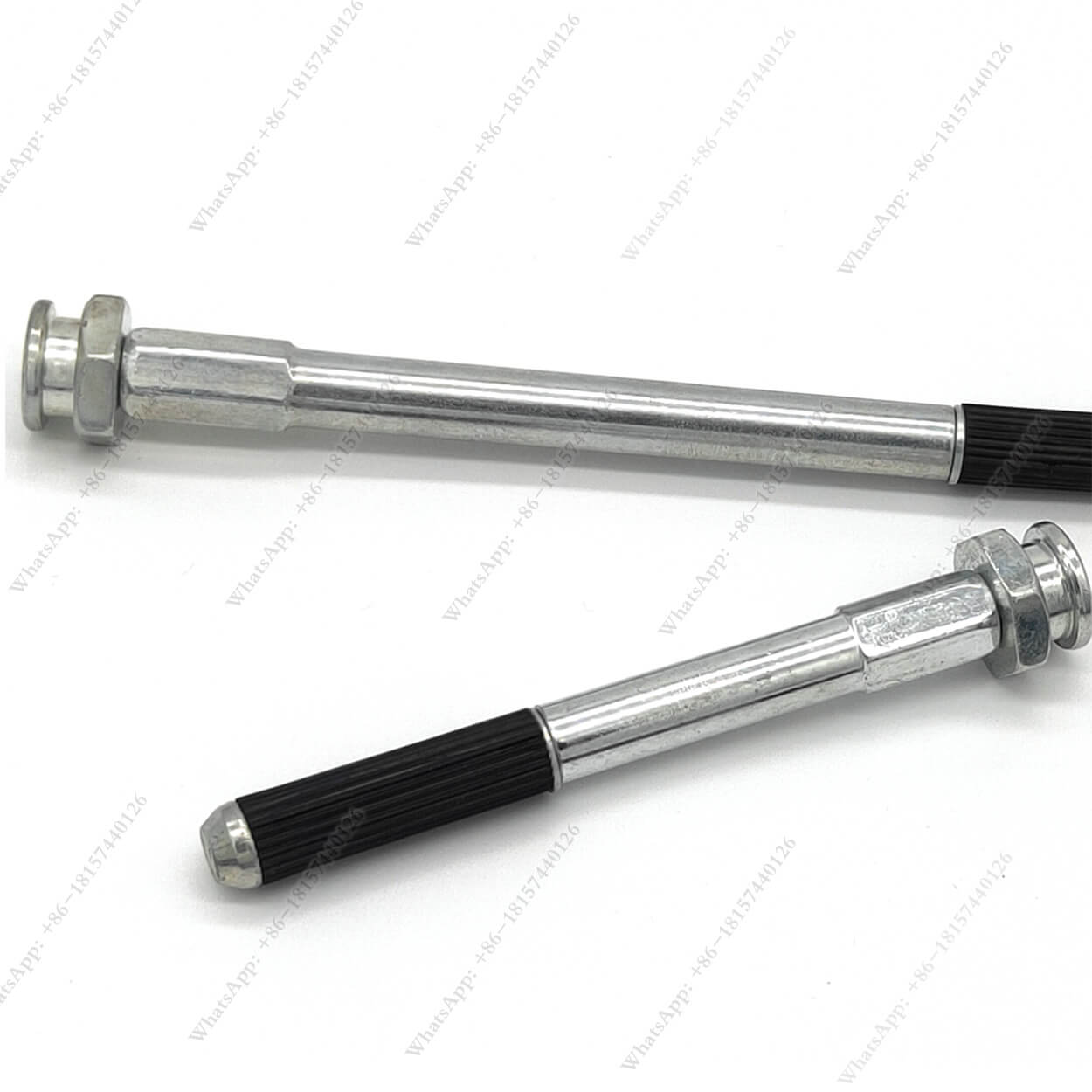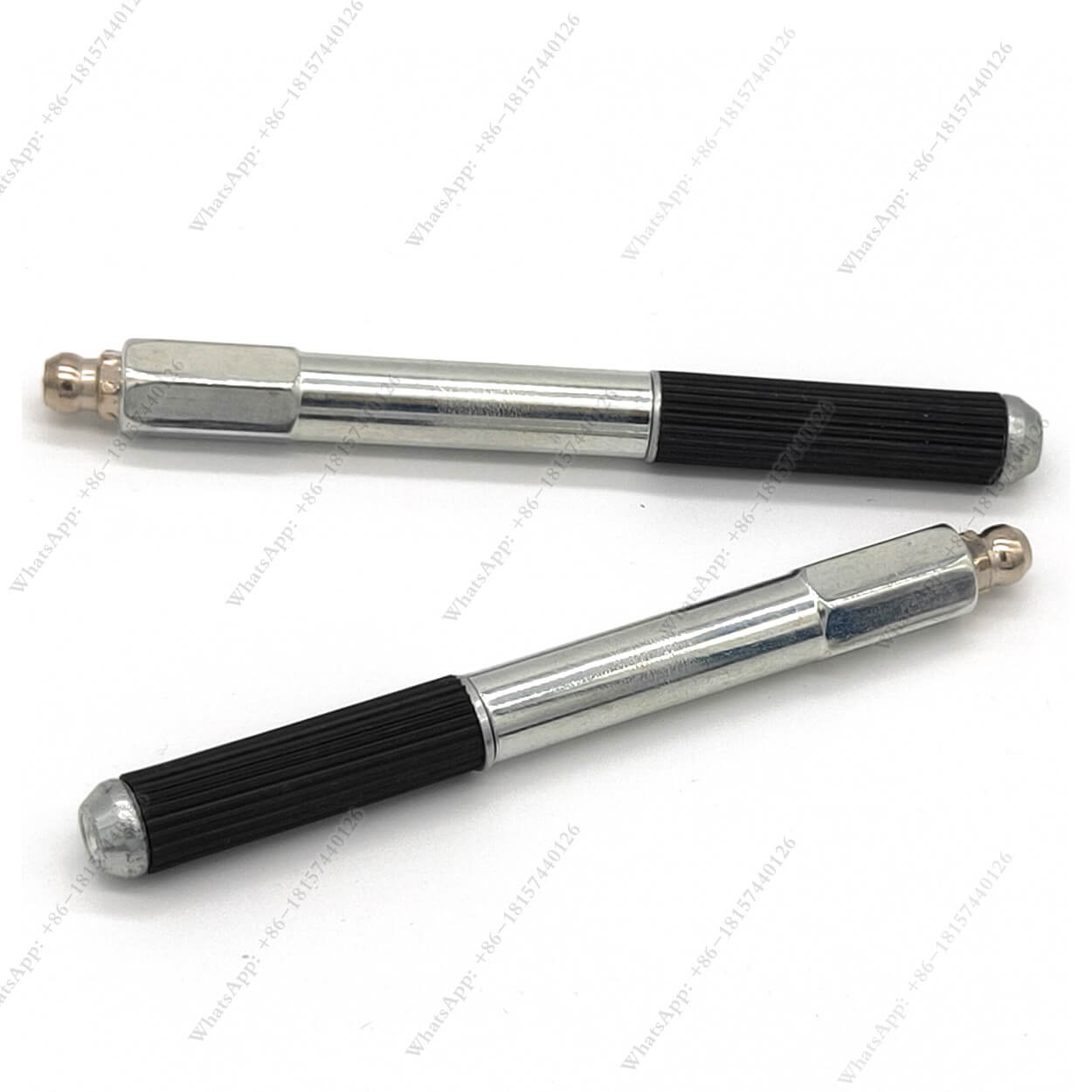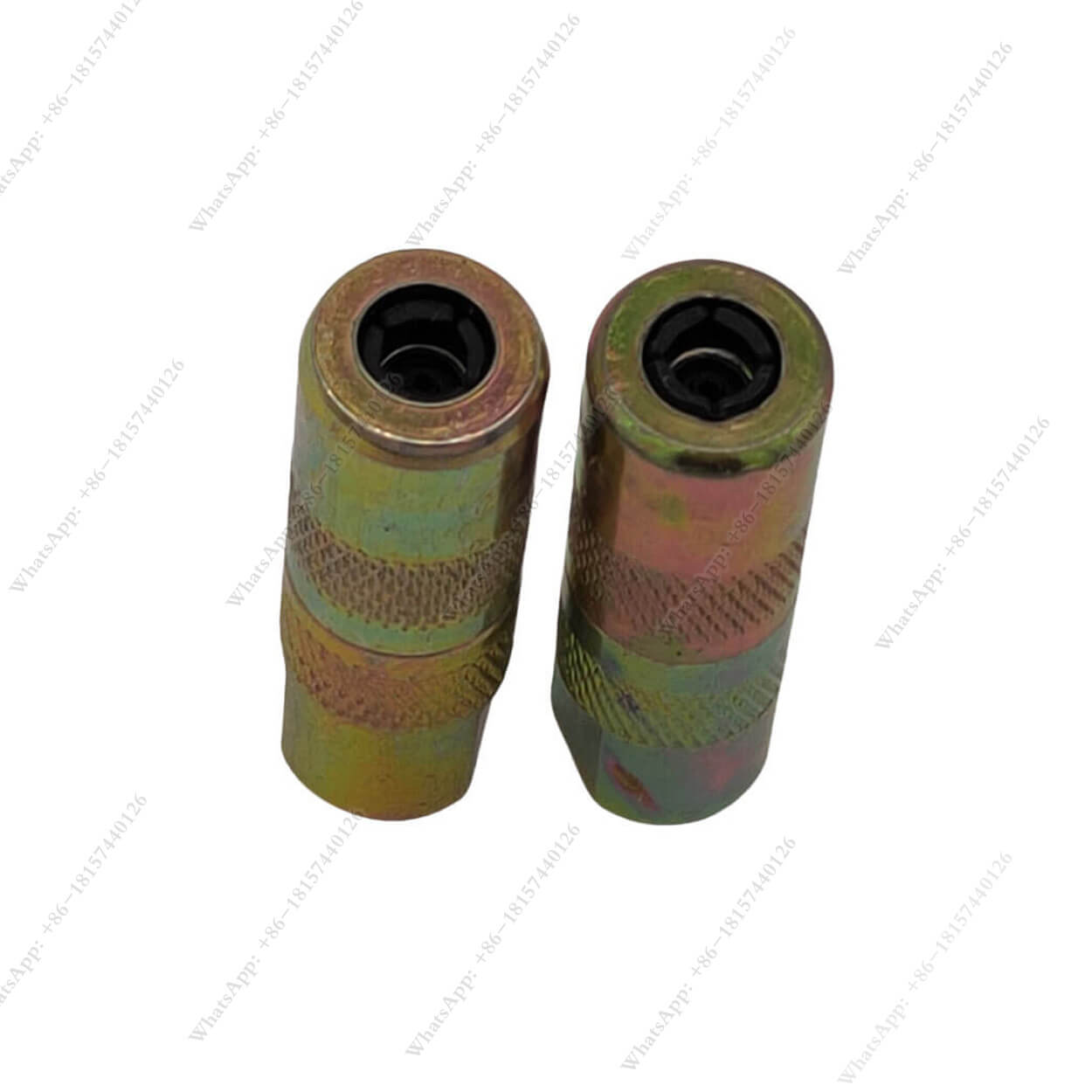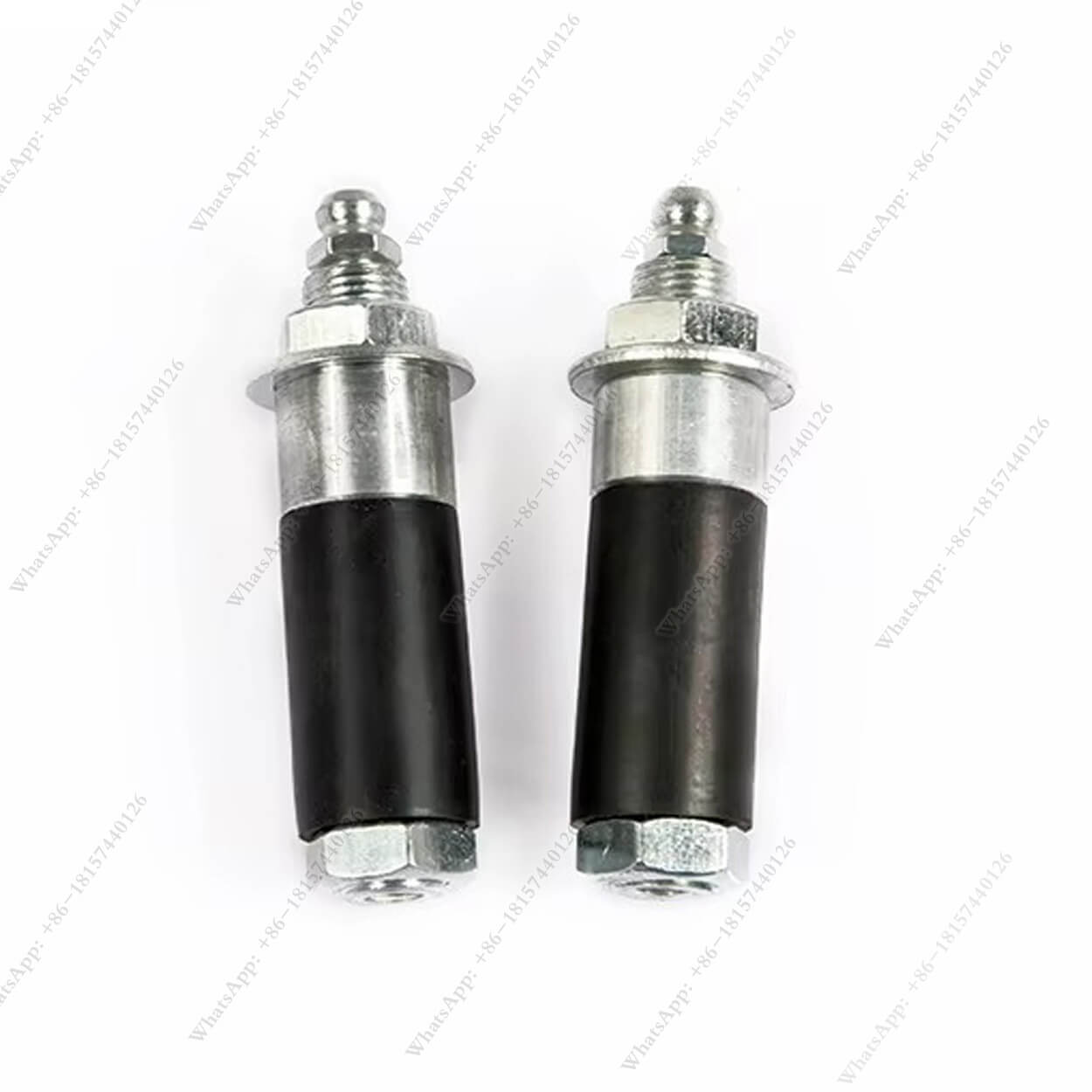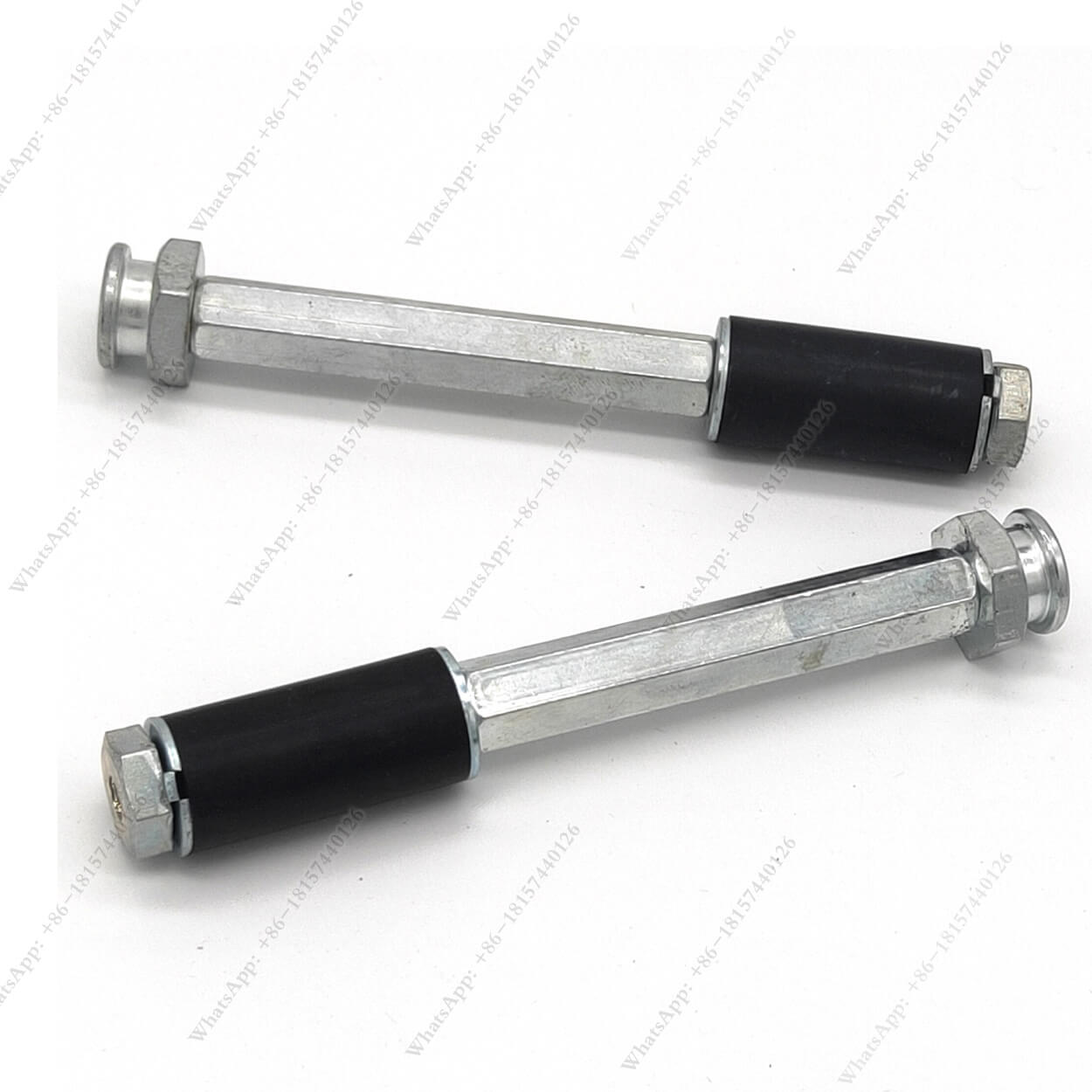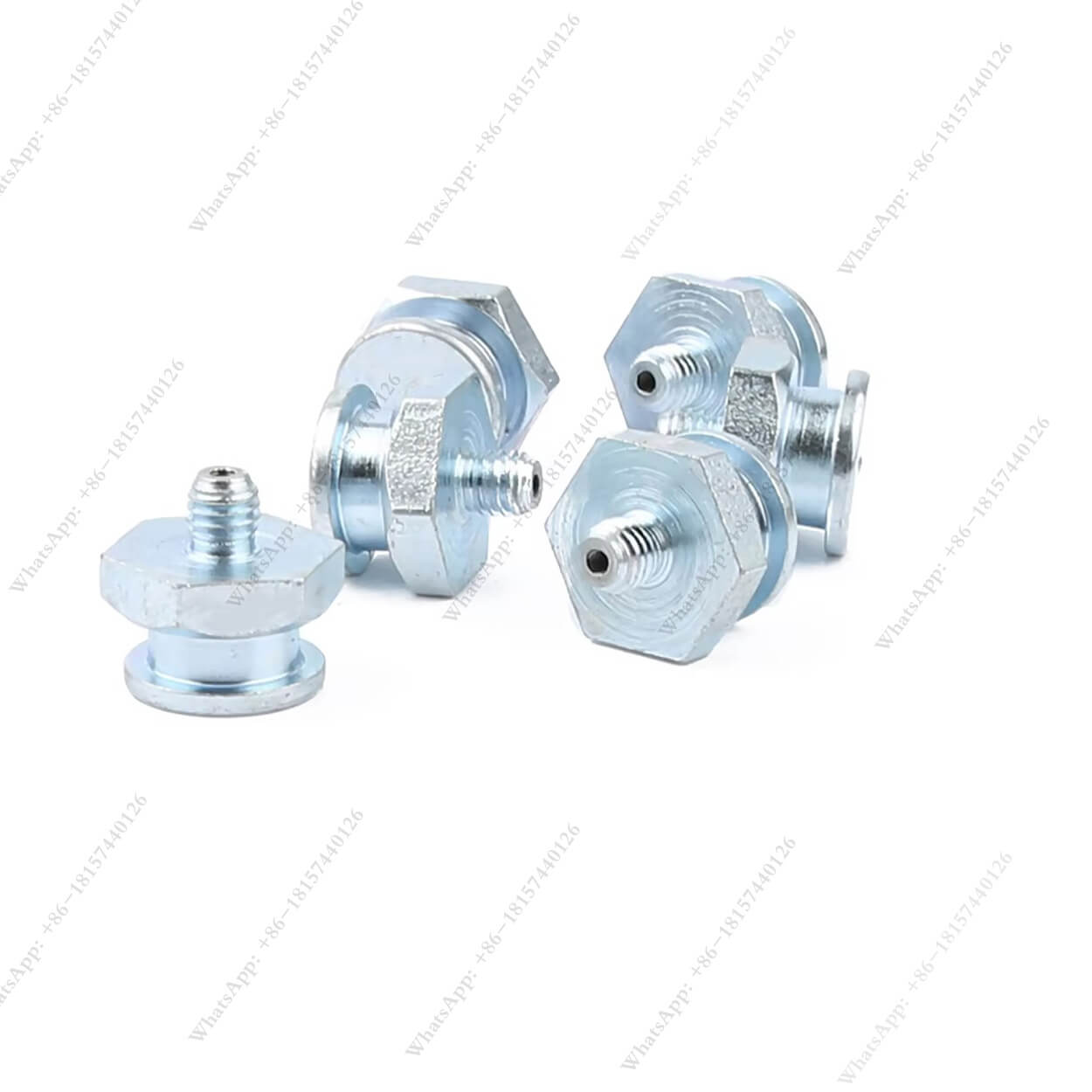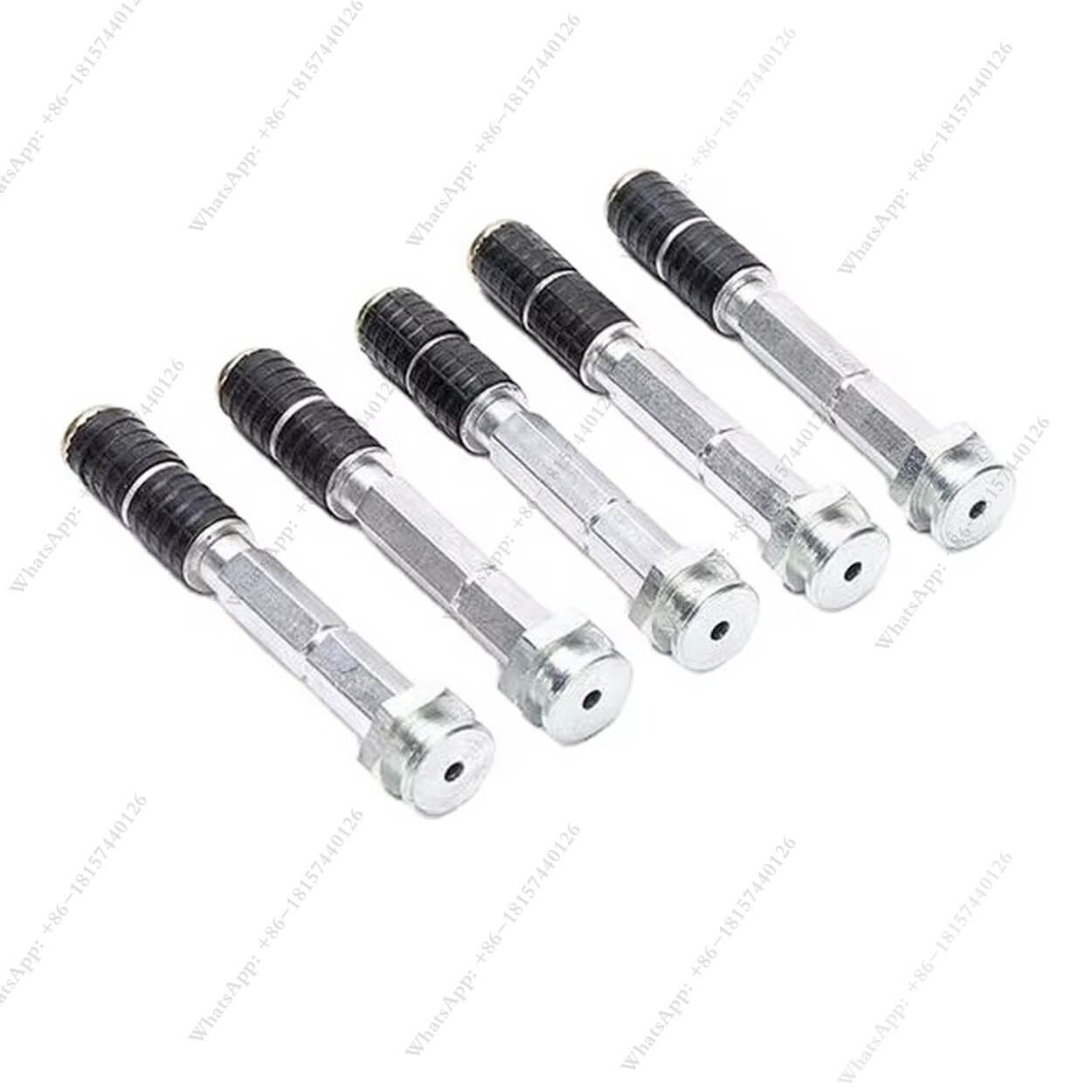What Size are Injection Packers? A Complete Guide to Mechanical Injection Packers and Their Uses
Table of Contents
Summary
Choosing the correct packer size affects the efficiency, pressure, and distribution of repair materials like epoxy and polyurethane. This article will guide you through selecting the right injection packer for various applications, enhancing the effectiveness of your injection processes.
What is an Injection Packer?
An injection packer, often called a mechanical packer, is a small tool inserted into a drilled hole within concrete to facilitate the controlled injection of repair materials. Injection packers are essential in structural repair because they provide a secure, leak-proof channel through which epoxy or polyurethane can be injected under pressure, ensuring deep penetration into cracks
Why is the Size of Injection Packers Important?
Packer size influences how deeply materials penetrate and how well they fill the voids within cracks. Choosing the correct diameter ensures the packer fits the drilled hole snugly, avoiding leaks and pressure drops. An undersized packer may cause insufficient injection, while an oversized packer could damage the crack edges, leading to further structural issues.
Types of Mechanical Injection Packers
Packers are available in a range of materials, each suited for specific pressure levels and environments:
- Plastic Packers: Ideal for low-pressure applications, such as small cracks in non-structural areas.
- Steel Packers: Known for durability, these are best for high-pressure injections.
- Aluminum and Zinc Packers: Lightweight but durable, these packers provide a balance between performance and affordability.
How Do Mechanical Injection Packers with Zerk Fittings Work?
Zerk fittings are small components on packers that allow for easy lubrication, which is critical in high-pressure environments. Packers with these fittings are reusable, making them a cost-effective option for large projects requiring repeated injections.
Common Sizes and Diameters of Injection Packers
The following table outlines the common sizes of injection packers and their recommended uses:
| Diameter (mm) | Material | Use Case |
| 10 | Plastic | Fine cracks, low pressure |
| 13 | Steel | Standard cracks |
| 16 | Aluminum | Heavy-duty applications |
The Role of Packers in Epoxy and Polyurethane Injection
Epoxy and polyurethane injection rely on packers to evenly distribute the material. Packers ensure that these substances penetrate deeply, fully sealing cracks for lasting structural integrity.
Steel vs. Plastic vs. Aluminum Packers: Which to Use?
Each material has its advantages:
- Steel packersare the top choice for high-pressure injections.
- Plastic packersare a budget-friendly option for less intense repairs.
- Aluminum packersstrike a balance between durability and cost.
Comparing Mechanical and Plastic Packers
While mechanical packers are often reusable and suited for high-pressure settings, plastic packers tend to be single-use but are ideal for smaller, simpler projects.
Injection Ports and Nipples: What You Need to Know
Injection packers often come with ports and nipples designed to control material flow. Some include Zerk-type nipples, which enhance maintenance and provide better control during injection.
Selecting the Right Injection Packers for Your Project
Consider the following when selecting a packer:
- Crack Width: Smaller cracks require finer packers.
- Material: Choose plastic, steel, or aluminum based on your project’s pressure needs.
- Injection Pressure: High-pressure jobs benefit from steel or aluminum packers.
Conclusion
- Select the Right Size: Properly sized packers are essential for effective crack sealing.
- Material Matters: Steel and aluminum offer durability, while plastic is suitable for smaller tasks.
- Use Zerk Fittings: Zerk fittings enhance reusability, particularly in high-pressure settings.
- Understand Injection Needs: The packer type significantly impacts the effectiveness of epoxy or polyurethane distribution.
This guide has provided insights into choosing the correct injection packer for any job. Proper selection leads to better outcomes, reduced costs, and increased efficiency in concrete repair and waterproofing tasks.
Comments

The Power of PU Injection: Effective Waterproofing for Cracks and Leaks
Polyurethane (PU) injection is a powerful method for waterproofing cracks and leaks in concrete structures.
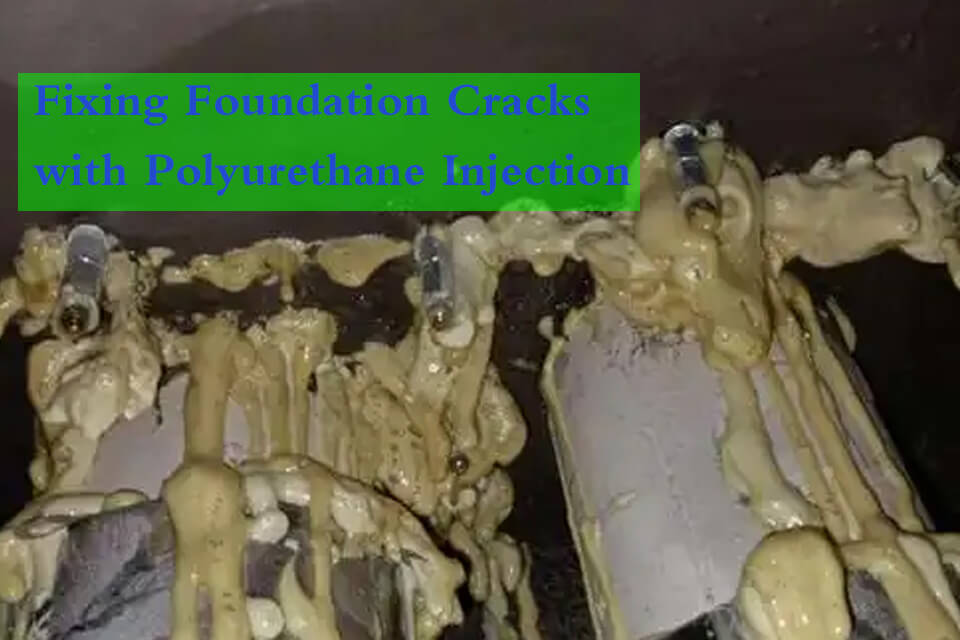
Comprehensive Overview of Polyurethane Crack Injection
Polyurethane crack injection is a versatile and highly effective method for sealing cracks in concrete structures.
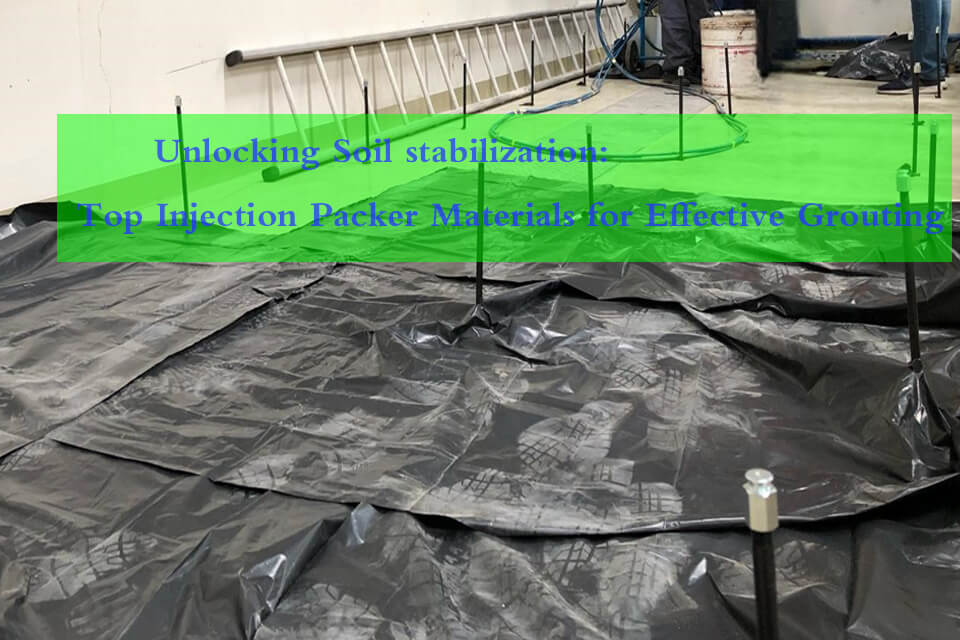
Unlocking the Secrets of Soil Stabilization: A Comprehensive Guide
Soil stabilization is a crucial process in construction and civil engineering that can make or break a project’s success.
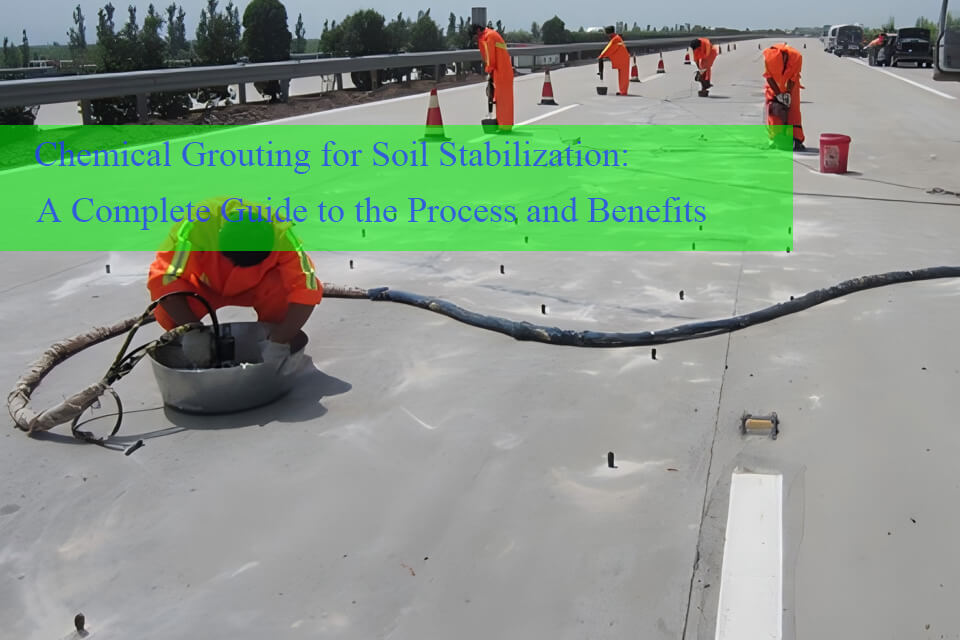
Chemical Grouting for Soil Stabilization: A Complete Guide to the Process and Benefits
Chemical grouting is an effective method for soil stabilization and strengthening structures in construction and civil engineering.
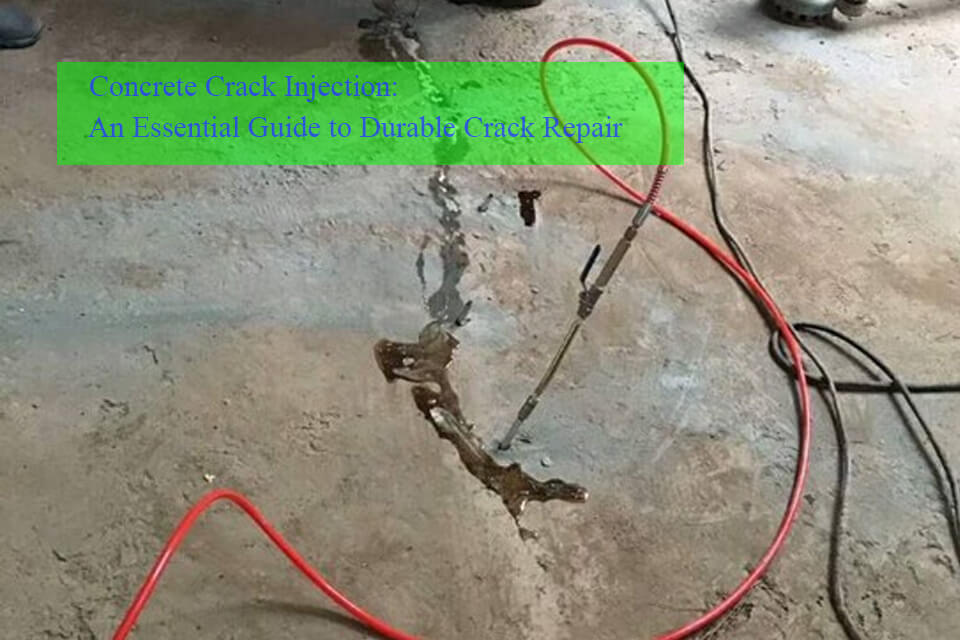
Concrete Crack Injection: An Essential Guide to Durable Crack Repair
Concrete structures are built to be strong and long-lasting, but even the best concrete can develop cracks over time.
- [email protected]
- +86 18157440126
- Mon-Sun 8:00-21:00
Tags

Injection Lances for Soil Stabilization: A Technical Overview
Injection lances are essential tools for soil stabilization and ground reinforcement, designed to improve the structural integrity of the soil by injecting stabilizing agents at precise depths.
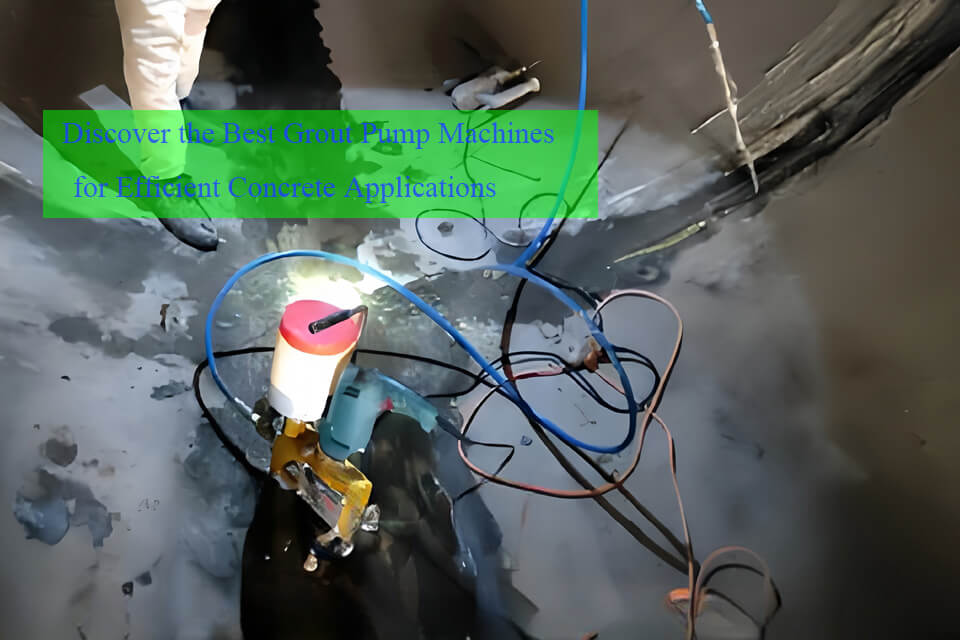
Discover the Best Grout Pump Machines for Efficient Concrete Applications
Grout pump machines are essential tools in construction, helping workers fill gaps and strengthen structures.
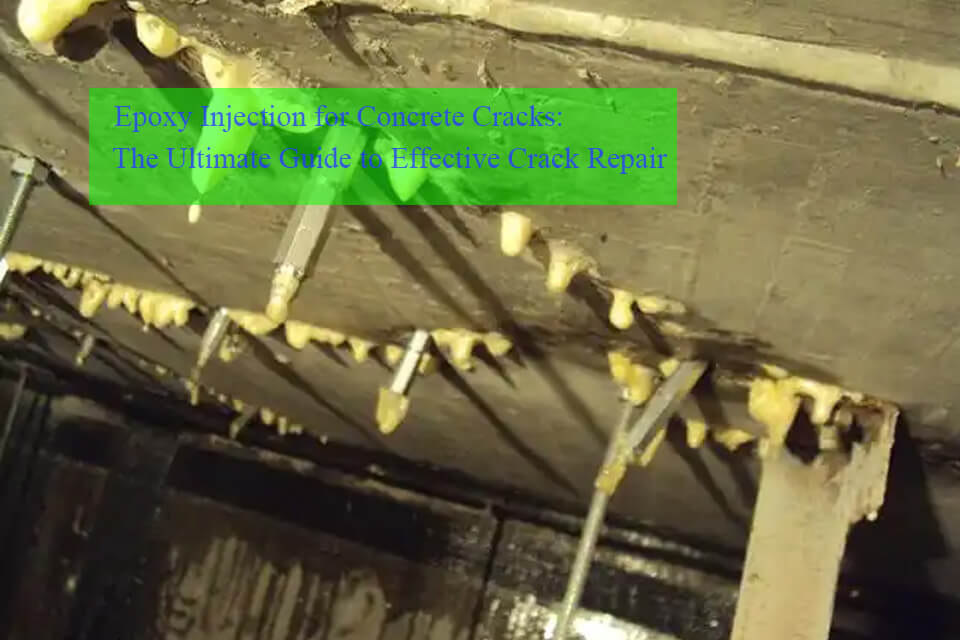
Epoxy Injection for Concrete Cracks: The Ultimate Guide to Effective Crack Repair
Concrete cracks can jeopardize the integrity of any structure, from foundations to walls, but epoxy injection offers a powerful solution for repairing and sealing these cracks.

